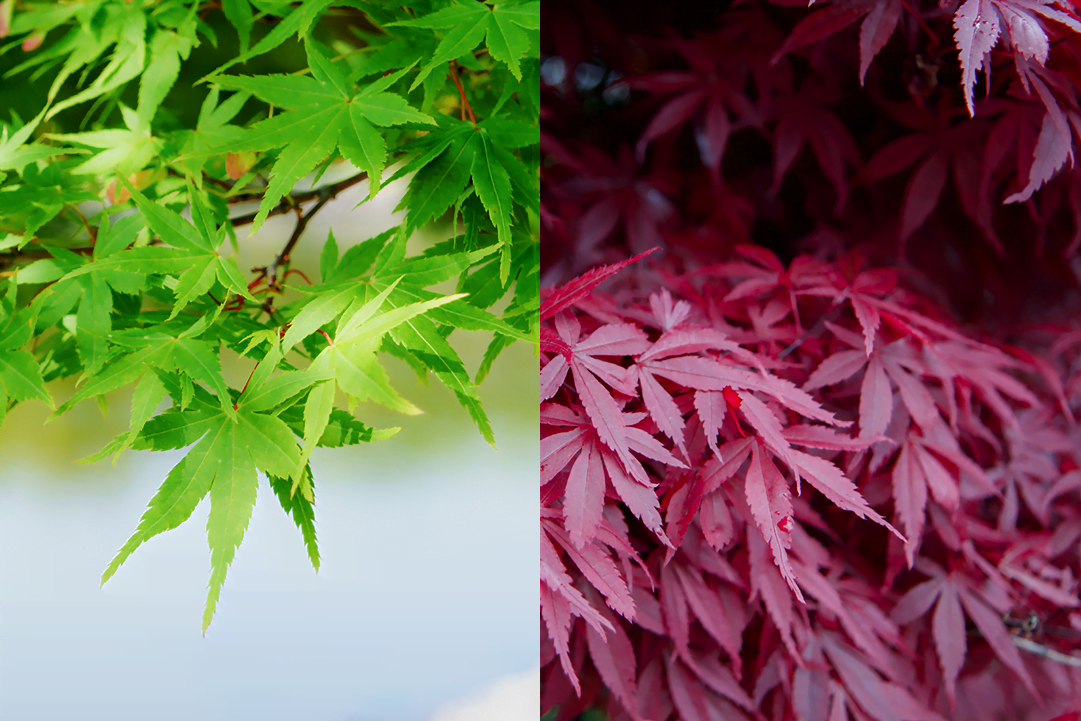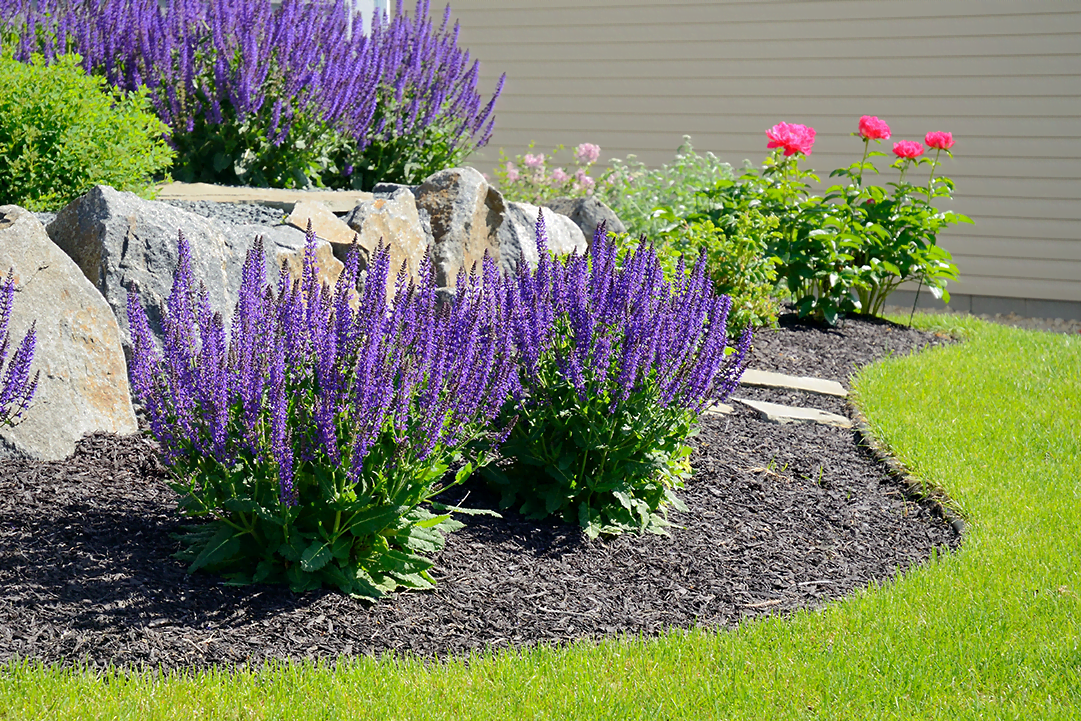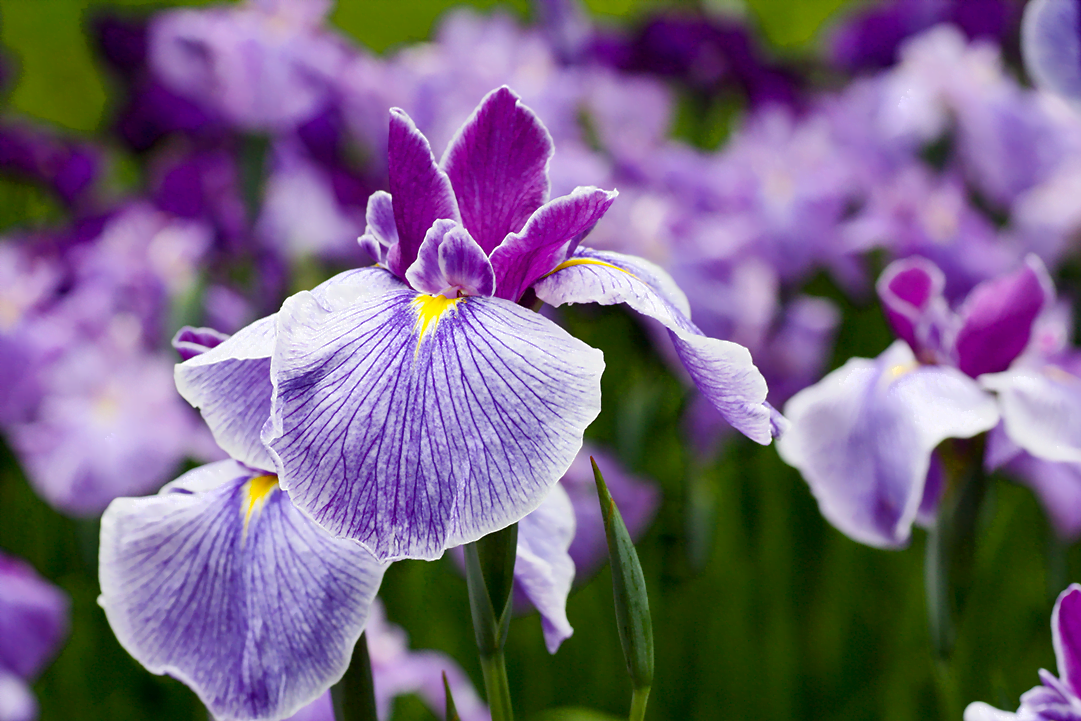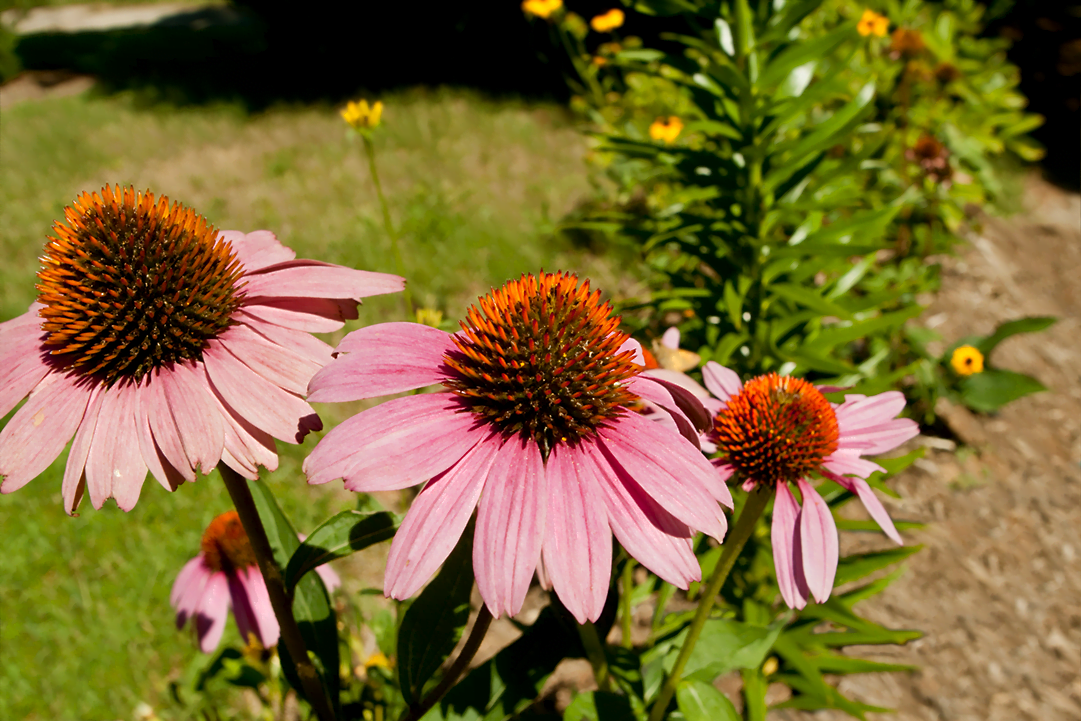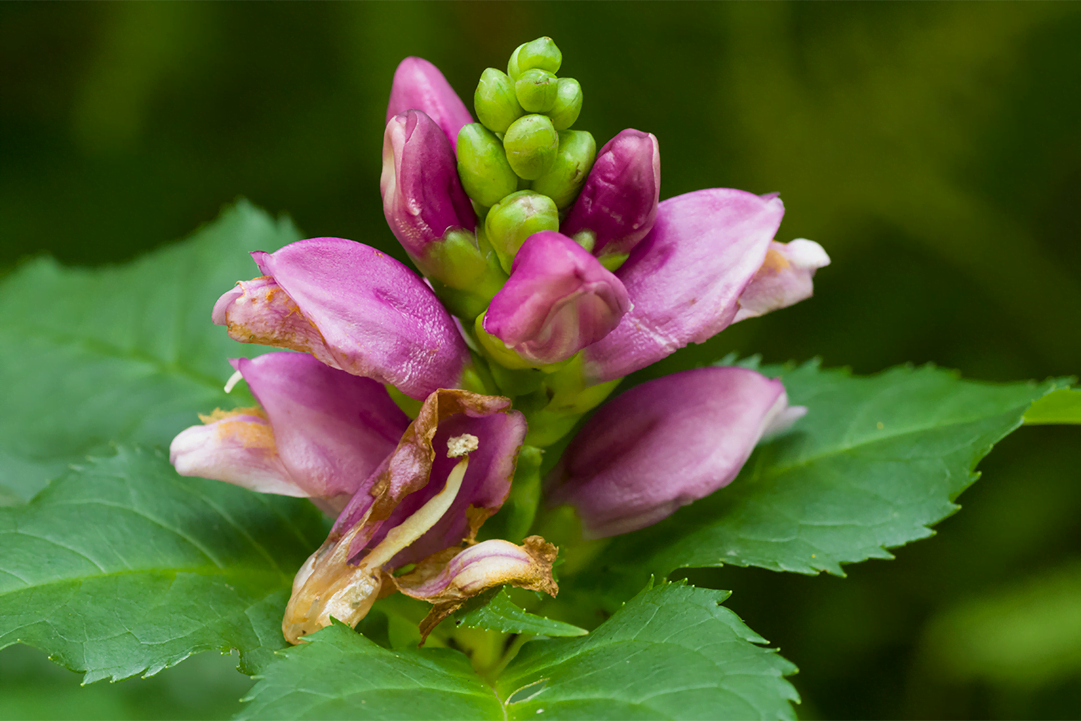Japanese maples are a timeless favorite for adding elegance, structure, and vivid seasonal color to the landscape. With their finely textured leaves, graceful branching, and sculptural forms, these ornamental trees create a focal point in nearly any setting, from shaded garden beds to courtyard-style plantings. Depending on the cultivar, Japanese maples can range from upright and vase-shaped to low and cascading, offering flexibility for both formal and naturalistic designs.
While they’re often chosen for their deep red or burgundy foliage, Japanese maples also come in green-leaved varieties and cultivars with stunning seasonal shifts—like bright coral in spring or brilliant orange in fall. Their year-round appeal extends even into winter, when the branching pattern becomes a quiet architectural element. In New Jersey, they perform best when given a little shelter from harsh winds and hot afternoon sun.
Japanese maples prefer well-drained, slightly acidic soil rich in organic matter. They grow slowly and steadily, which makes them easy to manage and ideal for smaller yards. A layer of mulch helps conserve moisture and protect the shallow root system. While they don’t require much pruning, careful shaping can enhance their natural form and reveal the tree’s elegant silhouette.
Did You Know?
The Japanese maple isn’t a single plant; it’s a species (Acer palmatum) with hundreds of cultivated varieties, each offering unique leaf shapes, colors, and growth habits.
Other Fun Facts About Japanese Maple
- ‘Bloodgood’ is one of the most popular red-leaved cultivars and holds its color through summer.
- Dissectum types feature deeply cut, lace-like foliage that adds fine texture to gardens.
- Japanese maples are a favorite in woodland and Asian-inspired landscapes.
- These trees are often used in bonsai due to their manageable growth and striking branch structure.
- They’re deer-resistant and generally pest-free, making them a low-maintenance choice for NJ landscapes.
